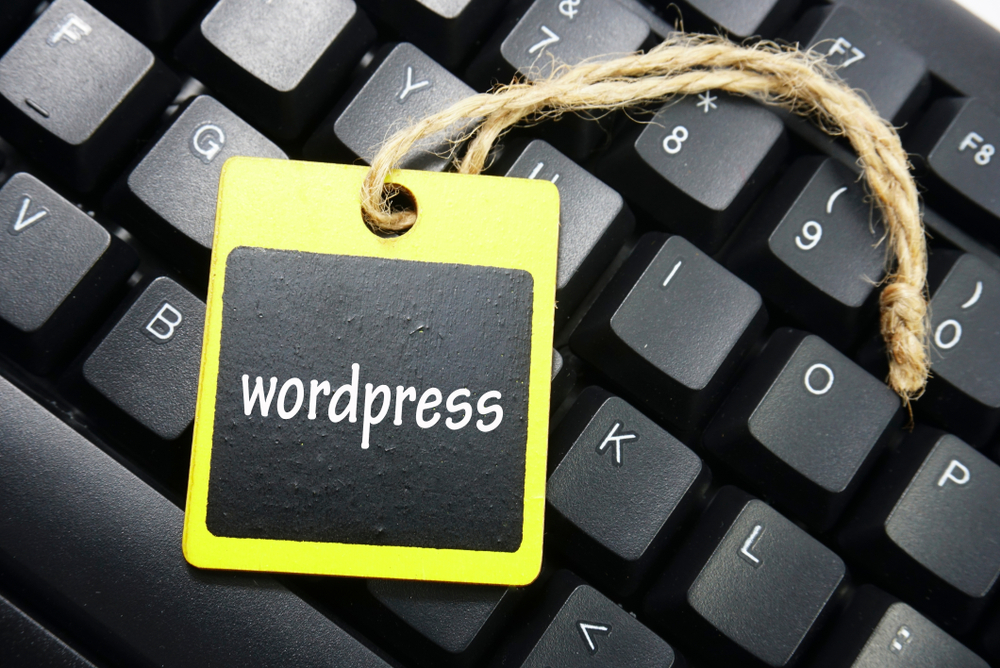
Maximizing the potential of your WordPress website is crucial for attracting and retaining visitors. With its user-friendly interface and extensive customization options, WordPress offers a powerful platform for building and managing your online presence. In this article, we will explore some essential customization and maintenance tips that will help you get the most out of your WordPress website.
1. Choose the Right ThemeYour website's theme sets the tone for your entire online presence. With thousands of WordPress (the blogging platform) themes available, it's important to choose one that aligns with your brand identity and offers the necessary features for your website goals. Look for a theme that is responsive (mobile-friendly), well-designed, and regularly updated. This will ensure a seamless user experience across different devices and help with search engine optimization (SEO).
2. Customize Your Theme
While WordPress (WP) themes come with pre-designed layouts and features, customization is essential to make your website unique and tailored to your needs. Start by adding your own logo, updating color schemes, and modifying fonts. Utilize the built-in customizer or consider using a page builder plugin to easily modify page layouts. You can also add custom code snippets or use a child theme to make more advanced customizations without affecting the core theme files.
3. Install Essential Plugins
WordPress (or WP) plugins are powerful tools that extend the functionality of your website. However, it's important to choose and install only the essential plugins to avoid clutter and performance issues. Some must-have plugins include:
- SEO Plugin: Ensure your website is search engine friendly and optimize your content for better rankings with plugins like Yoast SEO.
- Security Plugin: Protect your website from threats and vulnerabilities with plugins like Wordfence or Sucuri.- Performance Plugin: Improve your website's speed and loading times with plugins like W3 Total Cache or WP Rocket.
- Contact Form Plugin: Allow visitors to contact you easily with a plugin like Contact Form 7 or Gravity Forms.
- Analytics Plugin: Gain insights into your website's traffic and user behavior with plugins like Google Analytics or MonsterInsights.
4. Optimize Your Website for Speed
Website speed is crucial for user experience and search engine rankings. Slow loading times can result in higher bounce rates and lower conversion rates. To optimize your WordPress (the platform for bloggers) website for speed, start by using a lightweight theme, optimizing your images (using plugins like Smush or EWWW Image Optimizer), and leveraging caching plugins. Minify your CSS and JavaScript files, and enable browser caching to reduce the loading time of your pages.
5. Regularly Update and Maintain Your Website
WordPress releases regular updates to improve performance, security, and add new features. It's important to keep your WordPress installation, themes, and plugins up to date to ensure optimal functionality and security. Enable automatic updates whenever possible, but remember to back up your website before updating anything. Regularly clean up unused themes, plugins, and media files to keep your WordPress backend clutter-free.
6. Regularly Backup Your Website
Data loss can occur due to various reasons, such as hacking, accidental deletion, or server failure. Regularly backing up your WordPress website is essential to minimize the impact of such incidents. You can use plugins like UpdraftPlus or BackupBuddy to schedule automatic backups and store them offsite or in cloud storage.
7. Optimize Your Website for Search Engines
WordPress is inherently search engine friendly, but you can further optimize your website for better visibility in search engine results. Install an SEO plugin like Yoast SEO or All in One SEO Pack to easily optimize your content, meta tags, and XML sitemaps. Control your website's indexing by adjusting the robots.txt file and set up a Google Search Console account to monitor your website's performance in search results.
8. Engage Your Visitors with Compelling Content
Creating high-quality and engaging content is vital for attracting and retaining visitors. WordPress provides a user-friendly editor that allows you to easily publish blog posts, create pages, and manage media. Leverage the power of multimedia by integrating images, videos, and infographics into your content. Use plugins like Yoast SEO to analyze your content's readability, keyword usage, and optimize it further for search engines.
9. Enhance User Experience with Responsive Design
A responsive website design ensures that your website looks and functions well across different devices and screen sizes. With an increasing number of users accessing the internet on smartphones and tablets, it's crucial to provide a seamless experience regardless of the device. Choose a responsive theme and test your website's responsiveness using online tools or browser developer tools.
10. Frequently Asked Questions
Q1: How do I choose the right WordPress theme?A1: Consider your brand identity, website goals, and look for a theme that is responsive, well-designed, and regularly updated.
Q2: How many plugins should I install on my WordPress website?
A2: Install only the essential plugins to avoid clutter and performance issues. Five to ten well-chosen plugins should suffice for most websites.
Q3: How often should I update my WordPress website?
A3: Regularly update your WordPress installation, themes, and plugins to ensure optimal functionality and security. Enable automatic updates whenever possible.
Q4: Do I need to backup my WordPress website?
A4: Yes, regularly backing up your website is crucial for minimizing data loss in case of hacking, accidental deletion, or server failure.
Q5: How can I optimize my WordPress website for search engines?
A5: Use an SEO plugin, optimize your content and meta tags, control indexing, and monitor your website's performance using tools like Google Search Console.
In conclusion, maximizing your WordPress website requires careful customization and ongoing maintenance. By choosing the right theme, customizing it to suit your needs, installing essential plugins, optimizing for speed and search engines, and regularly updating and backing up your website, you can ensure a seamless user experience and achieve your online goals. Keep learning and exploring the various possibilities that WordPress offers to unleash the full potential of your website.
Other useful resources
- https://en.wikipedia.org/wiki/Blog
- https://www.wordpress24plus.com/wordpress-tools-directory/